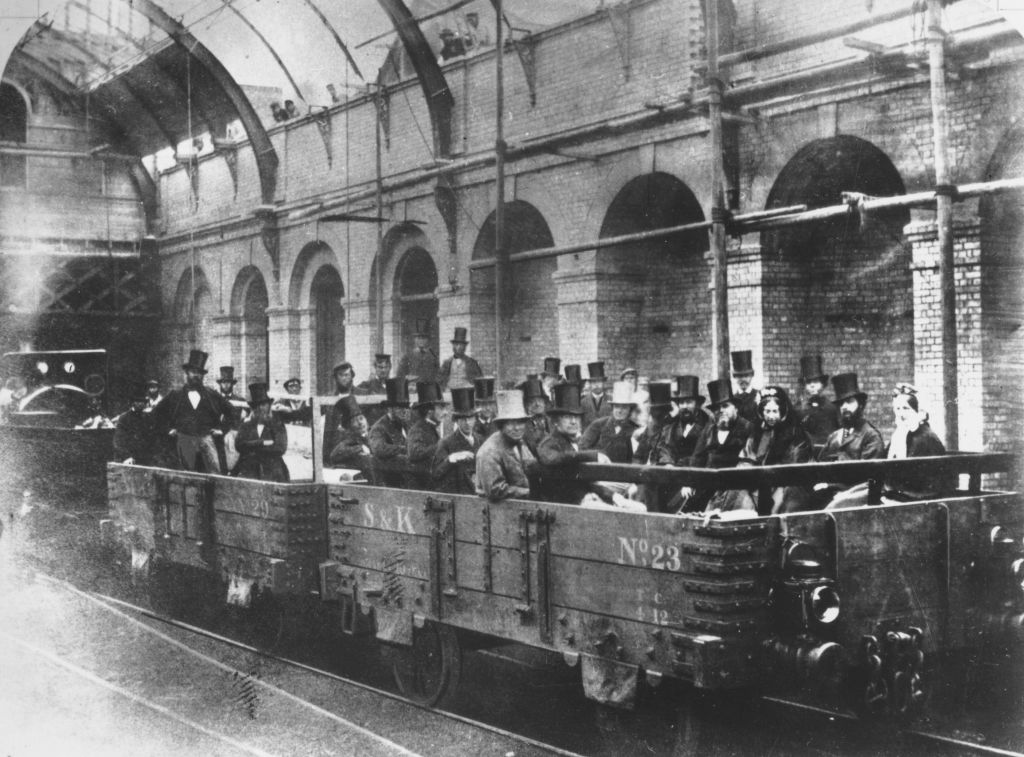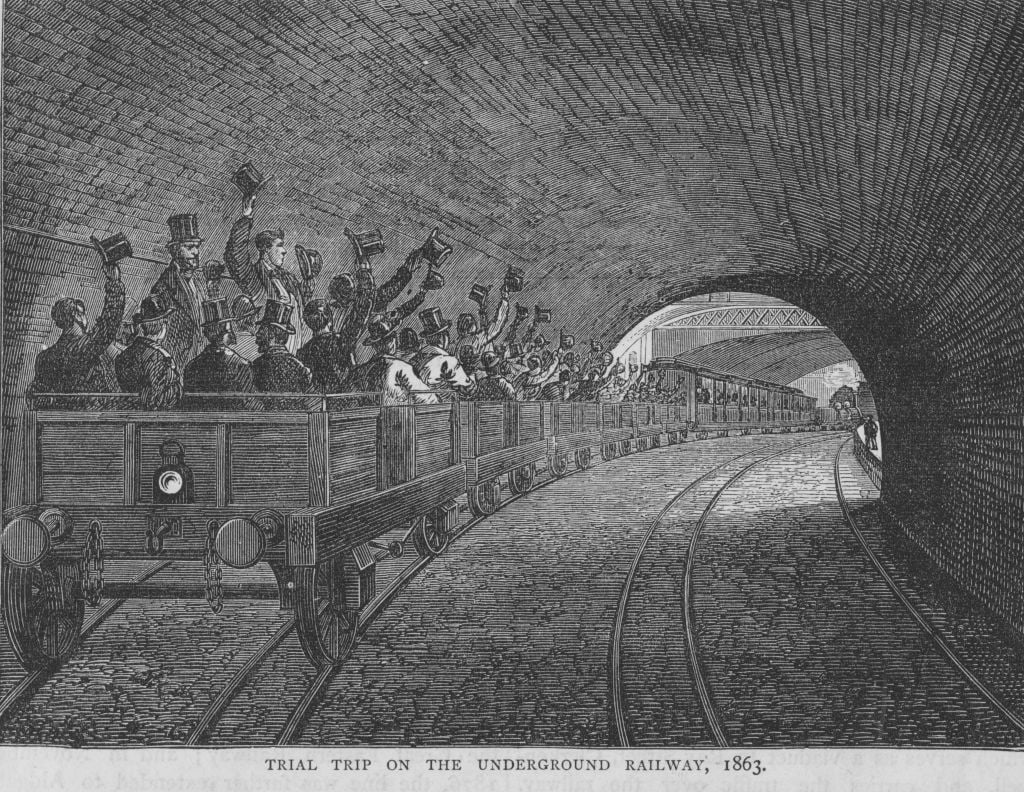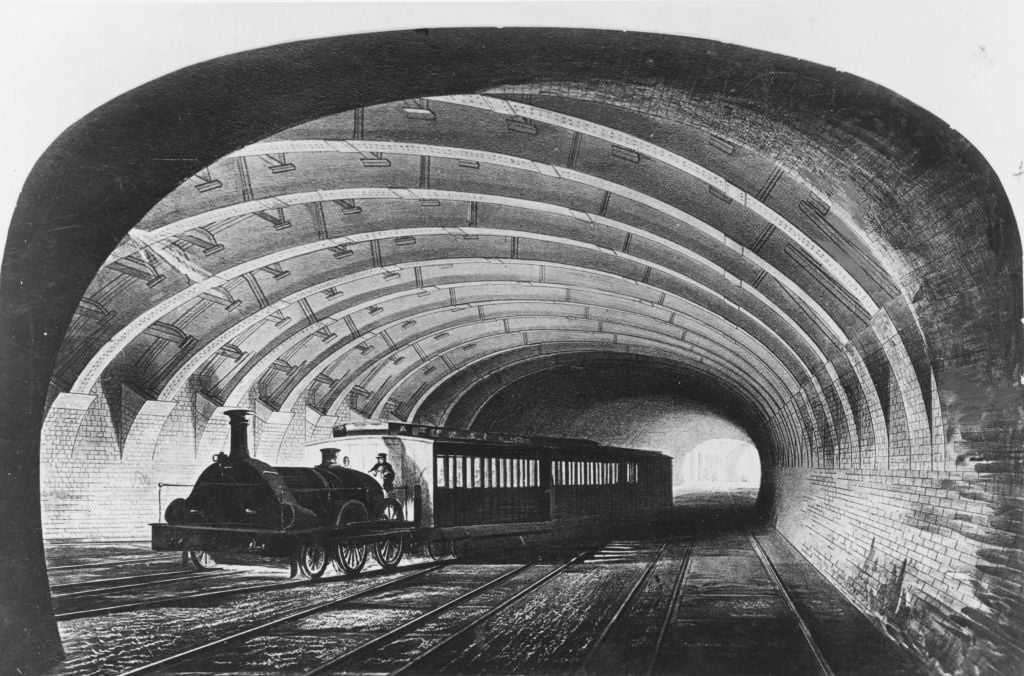In New York, it’s the Subway. In Paris – and many other cities including 40 in China – they call it the Metro. In London, they say “Tube” and in Germany, people call it the “U-Bahn”. All of these terms broadly describe the same thing: high-speed, subterranean railway systems used to navigate the world’s biggest cities.
But which of the underground train systems arrived first?

They’re everywhere nowadays. Nearly 200 cities across the world have metro systems, with more in the works, but where was the first place to get an underground urban railway?
The answer is London, with its famous Tube. It became the first public-use railway system when the Metropolitan Railway opened on January 10 1863. 30,000 passengers tried out on the Tube on the first day alone, and the system is this year celebrating 160 years of usage.

London was the first by a comfortable distance, it turns out. Many other major cities established underground railways at the turn of the 20th century, with Paris, Berlin, Athens Boston and New York all opening metro systems between 1900 and 1905. Only two cities other than London would open a system in the 19th century.
The first was Glasgow, also in the United Kingdom, which opened the Glasgow Subway in 1896, while Budapest in Hungary opened their ‘Tünel’ line all the way back in 1875.

The first Tube journeys took Londoners between and Paddington and Farringdon on trains still powered by steam engines, meaning they emitted smoke. In confined tunnels, this often left passengers with a cough and the pharmacist near Euston station is said to have sold glasses of ‘Metropolitan Mixture’ for those with sore throats and lungs. The carriages were wooden and used gas-lit lights.
Nonetheless, the speed and efficiency the Tube provided in traversing Victorian-era London meant that it was here to stay. The Times newspaper, who had originally condemned plans as “an insult to common sense”, called the Underground “the great engineering triumph of the day” upon opening.

London’s second Tube line opened soon after the first, when, in December 1868, the District Railway began ferrying people between South Kensington and Westminster. As well as the first underground railway, the Tube also became the first metro system to have electric trains, which were introduced in 1890.
Read More: How mosquitoes are being used to fight dengue in Bali
In the beginning, the railway was owned by a private company and London’s underground lines only came under unified ownership as the London Underground in the early 1900s.
For a long time, London’s system was the longest in the world, but it has now been overtaken by Beijing and Shangai. The latter Chinese city has the longest system in the world, with a total length of just under 500 miles. Shanghai also has the highest annual ridership. New York, meanwhile, has the most stops on its lines, with 424.





